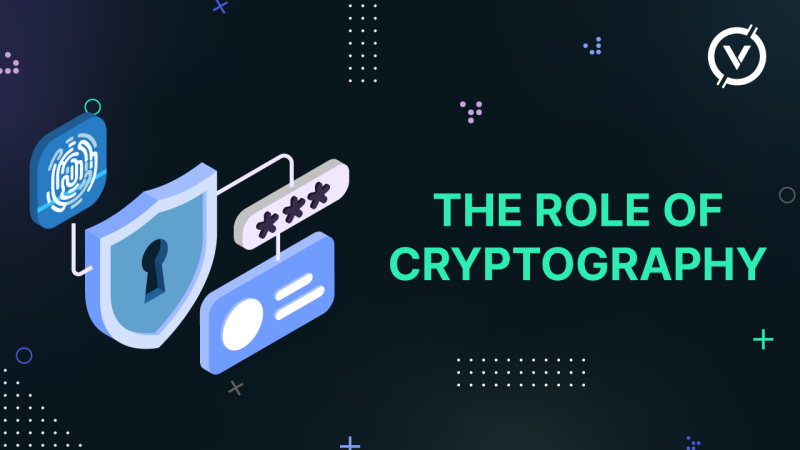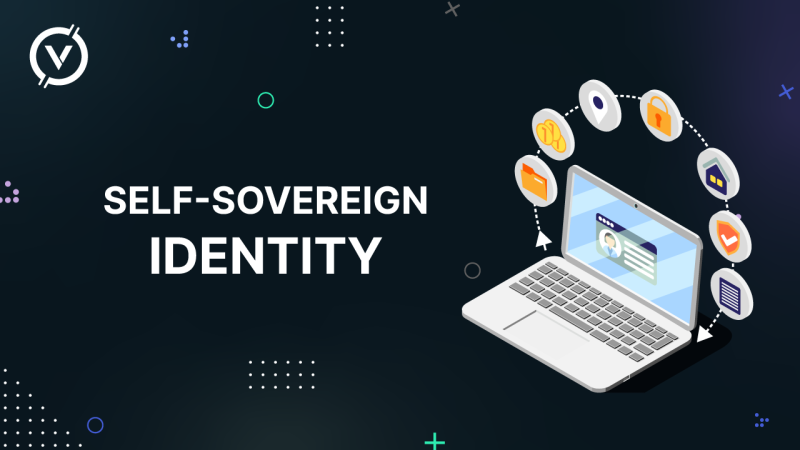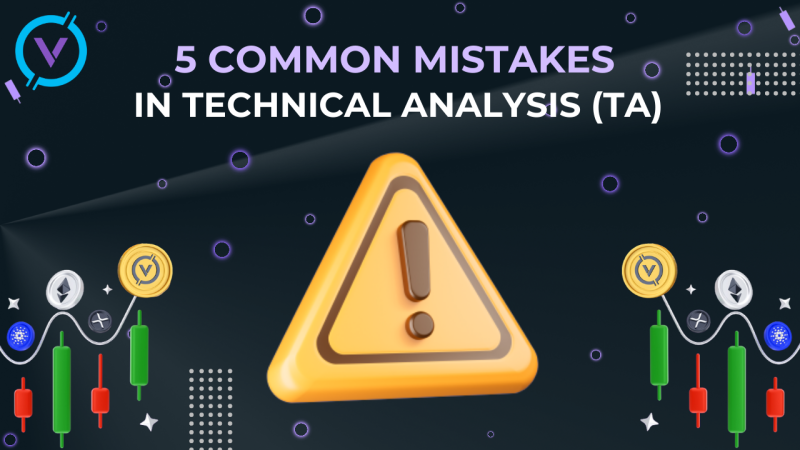Now we are feeling excited anticipation due to the fact that we will discuss one of the most interesting use cases of blockchain technology. We are talking about digital identity management and verification. It is not anything like all other use cases because it is considered to be very useful and promising.
A remarkable hacking issue occurred in 2018. At that time, a lot of people (there were several billions of them) lost their private data. All the data was hacked. It happened not in one country but in the whole world. Consequently, a considerable necessity for safe and trustworthy methods arises. It must be done in order to save, record, keep and even transfer all-important information. In this situation, we can say that blockchain systems are the apple of digital identity management and verification’s eye. It is appreciated more than any other method in the circumstances. It is blockchain systems that help to solve any rising issue.
How does blockchain relate to digital identity systems?
To cut a long story short, if there is a necessity to record a file, the authenticity of its data is proved with the help of several nodes. They assist with maintaining the network. We can call it ‘a batch of claims’ from a lot of users because it helps to support the validity of all kept information.
In these circumstances an authorized agency or governmental company governs the nodes of the network. They will be responsible for verification and validation of the digital information and data. We should understand that every node is able to ‘cast a vote’ concerning the identification of the information. In this case, there will be a much secured official document. It will be very safe and trustworthy.
What's the role of cryptography?
We are going to assist you with understanding that a blockchain-based identity system does not need the direct sharing of data, which is highly sensitive. It is automatically clear that digital records can be shared with the help of the usage of crypto methods. It can be digital signatures, zero-knowledge proofs and hashing functions.

Do not make a bolt for it, because it is time to understand what the use of hashing means. The use of hashing means that we can convert all documents into a hash. It will be just a long line of letters as well as numbers. The hash will show the data that is used to make it. It is like a digital fingerprint.
Undoubtedly, government institutions and any other company are able to fulfill digital signatures in order to make documents official and reliable.
Let us give one example, please. An authorized agency can get a document from a person in order to generate a unique hash, generate a unique hash in other words. In this situation, the agency is able to create a digital signature.
It will confirm the validity of that hash, letting it become a highly official document.
Compared to it, zero-knowledge proofs allow credentials or identities to be divided avoiding revealing any data about them. In case information is encrypted, we can still prove its authenticity. It will be pleasant to those who want to go out (to the disco, for instance) and you are not going to speak about your age.
What's the self-sovereign identity?
Now we are going to bump up our knowledge of the concept of self-sovereign identity. The idea of self-sovereign identity consists of the way in which every user or customer can absolutely control their information.

The information is usually kept in their personal wallets. We can make an analogy with crypto wallets here.
It is better to make up your mind in what way you are going to keep and share your data.
Therefore, somebody can keep their credit card credentials in a personal wallet. Afterwards they will be able to use these private keys in order to sign a transaction. It is the transaction that will send personal data.
What is the purpose of it? It proves that they are real owners of the credit cards.
Not only blockchain technology is used so as to keep and transfer cryptocurrencies, but also to give and validate private documents and signatures. It will assist in the accreditation of investors without having information about their income or net worth.
Prospective advantages
What are its advantages again?
1. To begin with, it is the fact that users are able to own greater control concerning how and when their private data is used.
There will be reduction in potential dangers. To store, record and keep private data will be easier and more comfortable. If cryptographic systems are used, there will be greater levels of privacy via it. Moreover, zero-knowledge proof protocols let users confirm the validity of their documents avoiding the necessity of sharing details about them.
2. Secondly, we can name the fact that blockchain-based digital ID systems are much more trustworthy than the classical systems.
Let’s have a look at one example. It becomes quite easy to confirm the source of a claim created about users. It becomes almost impossible to falsify any data, on the one hand. On the other hand, it is getting so easy to protect our private information against frauds.
Prospective limitations
Nowadays blockchains are used everywhere. Of course, there will be some disadvantages and even risks with them in this case. Do not be afraid of challenges, please. The most critical issue is that these systems can still remain vulnerable to a type of malicious activity. It is called synthetic identity theft.
Synthetic identity includes mixing true data from various people to make a really new identity. Because of the fact that every piece of data used to make a synthetic identity is exact, several systems can be tricked into recognizing the false ones as original. We can hear about them regarding criminals in credit card frauds.
We can solve the problem by using digital signatures so that made-up mixture of documents will not be accepted as records on a blockchain. As an example, a governmental institution can give to a person individual digital signatures for every document and also a common digital signature for all documents registered by the same person.
Let’s remember the chance of 51 percent attacks.
It occurs mostly in small blockchain networks. A 51 percent attack owns the potential to make another structure of a blockchain. They will change their records. Nevertheless, do not be scared because private blockchains can reduce the possibility of these attacks as they will only consist of trustworthy entities as validators. For sure, it will be a much more centralized and less democratic model.
Conclusion
Business as usual. We should not pay close attention to disadvantages and limitations because blockchain technology possesses considerable potential concerning thaway digital information gets verified, kept, as well as shared.
A lot of companies have already tried to use this method. Other companies are going to implement it in the near future. We are sure that there will be a lot of blockchain technology implementations soon. Without any doubt, blockchain technology will be a real and significant part of it.


